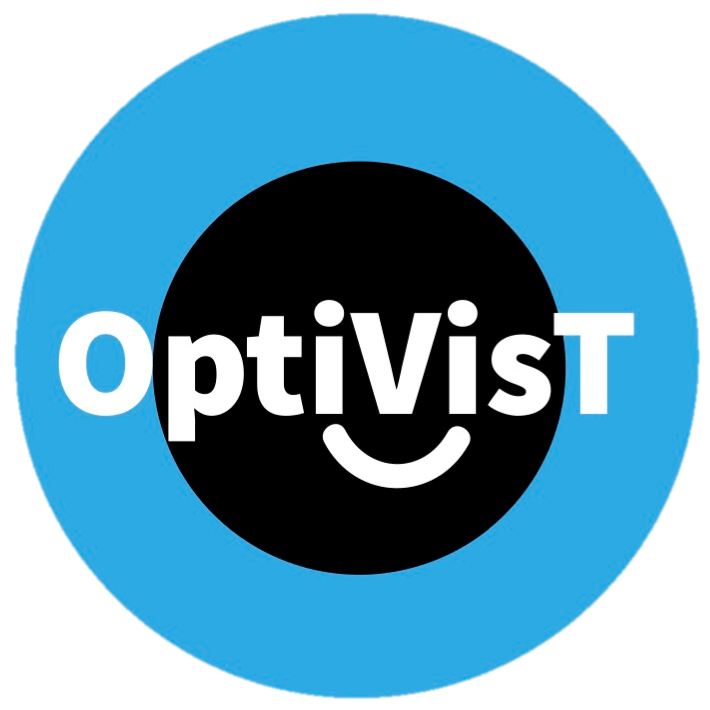MEHAL RATHORE

Using Virtual and Augmented Reality-based tests of functional vision to understand patients’ real-world difficulties
Update Nov. 2024
I’ve joined the Crabb Lab at City, University of London under the supervision of Prof David Crabb and Dr Pete Jones.
Personal Background and Interest:
I am a clinical vision scientist with a background in Optometry. My clinical experience at a tertiary eye care facility, Sankara Nethralaya in Chennai piqued my interest in research which lead me to work as Research associate at the Cornea Research lab, Sankara Nethralaya, Chennai which were closely followed by Master’s and fellowship in Optometry. My research interests are home-monitoring,alternative visual testing strategies to alleviate the burden of clinics and patients across the globe.
Aim of the project:
The aim of my project is to understand the issues that visual impairments cause in activities of daily living (ADL). The focus has been put on glaucoma home monitoring devices for measuring visual function, the understanding of public perception of diseases and the value that the general public give their senses. The objectives are to 1) investigate the link between socio-economic status (SES) and the late presentation of glaucoma and its progression using a large dataset of visual field reports from English Hospital eye services; 2) collect normative data using home-monitoring devices to monitor visual field and contrast sensitivity in normally sighted individuals between the ages 18-30 in a simulated home-like environment and 3) investigate the value placed on the ‘senses’ by the public using a questionnaire-based survey and 4) evaluate the feasibility of testing glaucoma patients in the waiting room of an eye clinic in England.
Current activities:
To date, I have found that large-scale visual field data from English glaucoma clinics support the claim that SES is associated with glaucoma severity at presentation to hospital eye services in England. However, no evidence was found that suggests that SES is associated with a greater likelihood of having rapid VF progression during follow-up. The latter hints at the equity of glaucoma care once patients are in hospital eye services in England. The study has been published in a peer-reviewed journal, Eye in May 2023.
I am currently also exploring the robustness of a head-mounted visual field device in glaucoma patients and normally sighted young individuals. Data has been collected.
Future directions:
As I approach the end of my PhD, I hope to continue pursuing research in home-monitoring and patient-related research. I want to make the best of my clinical background to level-up in the research world.
My OptiVisT experience:
It's safe to say that OptivisT has changed my life! Eternally grateful to the consortium for connecting me with brilliant supervisors, providing me with international exposure and providing me with the confidence to take on my dream research. The program went beyond my expectations and I wish more students get to enjoy and learn from this incredible experience. Most importantly, I made 14 kind and intelligent friends who always help and grow with each other. The experience is truly one of a kind.
Project output
I have presented my work at several national and international conferences, amongst which, the Imaging and Perimetry Society (2022, Berkeley), and the British Conference of Optometry and Visual Science (2022, Birmingham).
The first study results described above are presented in a publication:
Rathore, M., Shweikh, Y., Kelly, S. R., Crabb, D. (2023) Measures of multiple deprivation and visual field loss in glaucoma clinics in England: lessons from big data. Published in Eye. Link:
Measures of multiple deprivation and visual field loss in glaucoma clinics in England: lessons from big data | Eye (nature.com)
Contact
Interested in my work and want to get in touch? Reach out to me on
LinkedIn.

